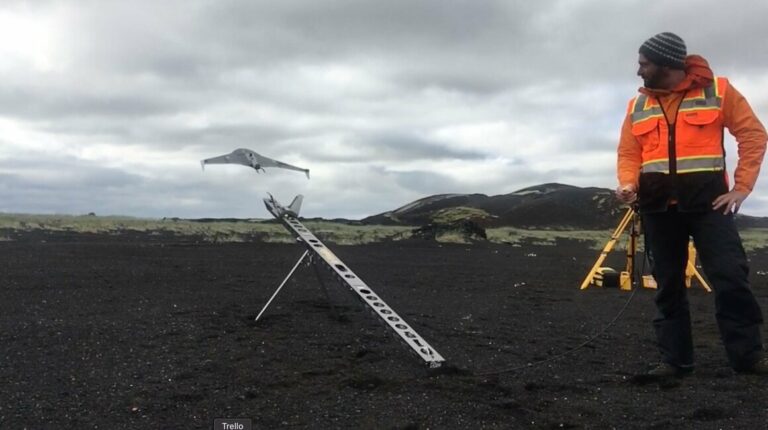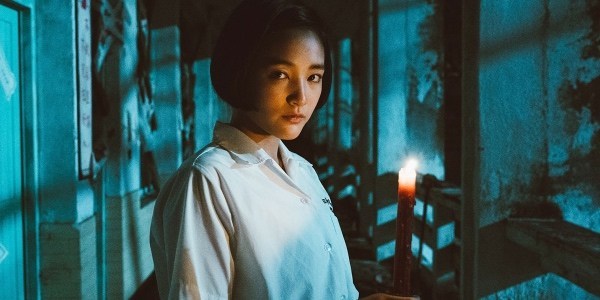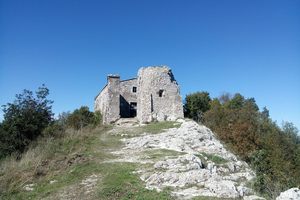10 Best William Castle Movies, and That’s No Gimmick
October is defined in Webster’s Dictionary as “31 days of horror.” Don’t bother looking it up; it’s true. Most people take that to mean highlighting one horror movie a day, but here at FSR, we’ve taken that up a spooky notch or nine by celebrating each day with a top ten list. This article, about the best William Castle horror movies, is part of our ongoing series 31 Days of Horror Lists.
William Castle is one of cinema’s greatest showmen. He got his start working for Columbia Pictures in the 1940s, in large part thanks to his ability to promote the hell out of anything. In the early part of his career, Castle worked as a dialogue director before getting the opportunity to make his own films, starting with a couple of documentary shorts before his feature debut with the adventure-comedy The Chance of a Lifetime. Castle would continue to direct low-budget studio fare for the next few years with the occasional odd job here and there — he was an associate producer on The Lady from Shanghai — before deciding he wanted more.
Castle left the studio life to make it on his own as an independent filmmaker. It was during this period that Castle established himself and earned a reputation for his use of gimmicks. Going to see a William Castle picture was about more than watching a movie; it was about the experience. Castle made the audience active participants, meaning no two shows were likely to be the same. At least that’s what Castle would like you to believe.
For some, Castle is simply remembered as a schlock director who relied on parlor tricks and cheap exploits to make a quick buck. But there’s no disputing his long-lasting impact, and a case could be made that he is one of the most important and influential director-producers cinema has ever seen. John Waters credits Castle for being the director that made him want to direct. Robert Zemeckis has called him a personal favorite and co-founded Dark Castle Entertainment with the sole purpose of remaking Castle’s work — doing so twice with House on Haunted Hill and Thirteen Ghosts. Joe Dante has long been an admirer, and in 1993 he paid homage with his B-movie love letter Matinee.
FSR’s resident Boo Crew (Anna Swanson, Brad Gullickson, Meg Shields, Jacob Trussell, Kieran Fisher, Rob Hunter, Valerie Ettenhofer, and myself) understands the importance of Castle, and this Halloween season we pay our respects to the B-movie legend by ranking his ten best films as director. Be warned, though: this is a frighteningly scary list, and those with a fear of spine-tingling horror are advised to proceed with extreme caution. Towards the end of this list, we will offer a “fright break,” and those who are too scared to continue may exit via the “Coward’s Corner.”
10. The Old Dark House (1963)
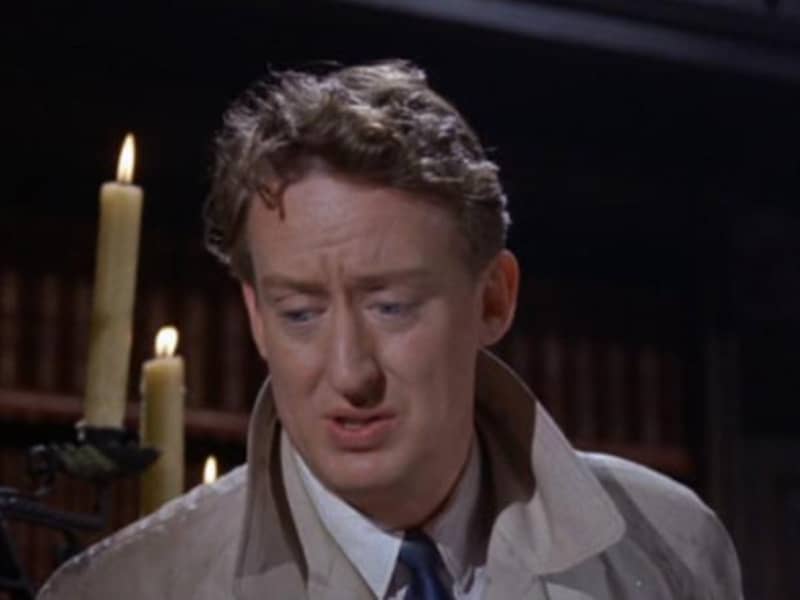
J. B. Priestley’s The Old Dark House was first adapted by James Whale in 1932. The original works as an effective chiller and tongue-in-cheek comedy that parodies stories about haunted houses and things that go bump in the night. Castle was no stranger to splashing his scare fare with humor, which made him the perfect director to reimagine the story in 1963.
Or was he? Critical hindsight hasn’t exactly been kind to Castle’s effort, with many comparing it unfavorably to its predecessor. While this version does lack the original’s spooky atmosphere, it more than makes up for it with plenty of laughs and an abundance of endearing charms. Castle wasn’t out to recreate what came before, and that’s a good thing. Because, in the end, film fans got two very entertaining movies that boast their own unique flavors. (Kieran Fisher)
9. Macabre (1958)
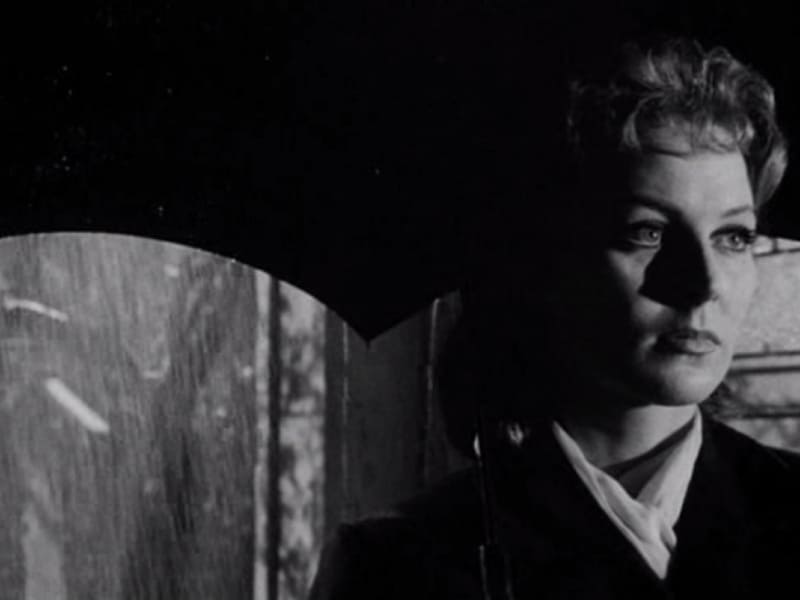
Macabre isn’t the best William Castle film — obviously, hence its ninth-place ranking — but a case could be made that it is his most important. This dark thriller about the daughter of a doctor being kidnapped and buried alive marked the first time Castle used his signature gimmicks. Theater attendees were given a certificate for a $1,000 life insurance policy upon entrance, just in case they died during the show. The shtick proved to be a success, making Macabre a box office hit and opening the door for future stunts to follow.
As for the film, it gets a little slow in the middle but is bookended by opening and closing scenes that are more than worth the price of submission. Thirty seconds in and a child’s coffin has been stolen? Hard to get grimmer than that. (Chris Coffel)
8. I Saw What You Did (1965)

In 1965, Castle worked with Joan Crawford for the second and final time with I Saw What You Did. Teens Libby and Kit are bored one evening and entertain themselves by making relatively innocent prank phone calls to random numbers. Every time someone answers, they repeat, “I saw what you did, and I know who you are.” Unfortunately, one of their random dials ends up calling a man (John Ireland) who just murdered his wife. Determined not to get caught, the man attempts to track the girls down to keep his secret safe.
I Saw What You Did is a more straightforward thriller than one may expect from Castle, playing like a low-budget Hitchcock — a humorous turn of events since it was Castle’s films that inspired Hitchcock to direct Psycho. A gimmick involving seatbelts for audience members who may be “scared out of their seats” was referenced in early trailers for the film but eventually scrapped. (Chris Coffel)
7. Shanks (1974)
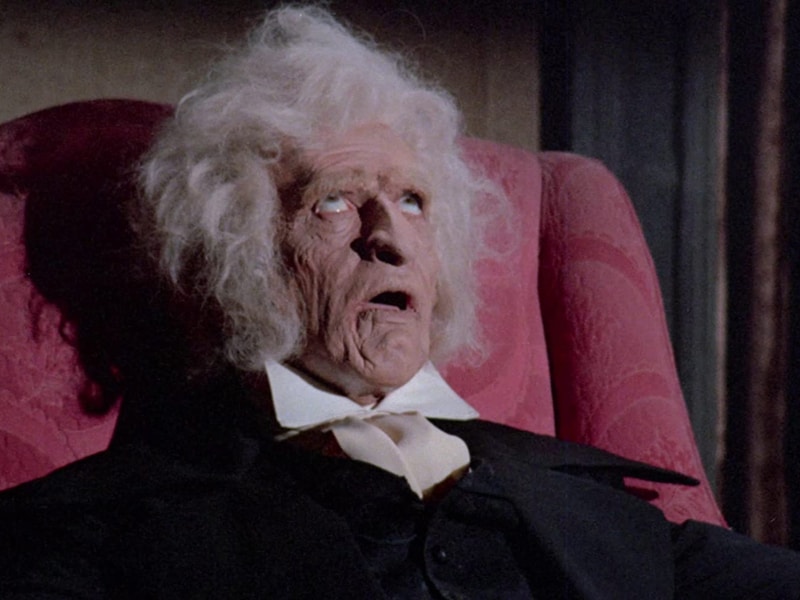
It’s somewhat surprising that one of Castle’s most disturbing films is also among his least seen. That said, it’s easy to understand why audiences didn’t (and don’t) take to this grim slice of madness as easily as they do movies about haunted houses and more traditionally portrayed psychopaths.
Shanks follows a deaf puppeteer named Malcolm (played by Marcel Marceau, a world-renowned mime who doesn’t speak as Malcolm but does talk in another role) whose abuse at the hands of family and strangers alike coincides with his growing ability to “reanimate” the dead like string-less marionette puppets. The bodies pile up, he animates more and more of them back to life, and it all erupts in a debacle of violence when a motorcycle gang crashes Malcolm’s party — which he was enjoying with a teenage admirer.
Weird how Castle didn’t employ some of his usual good time marketing shenanigans with this one… (Rob Hunter)
6. Let’s Kill Uncle (1966)
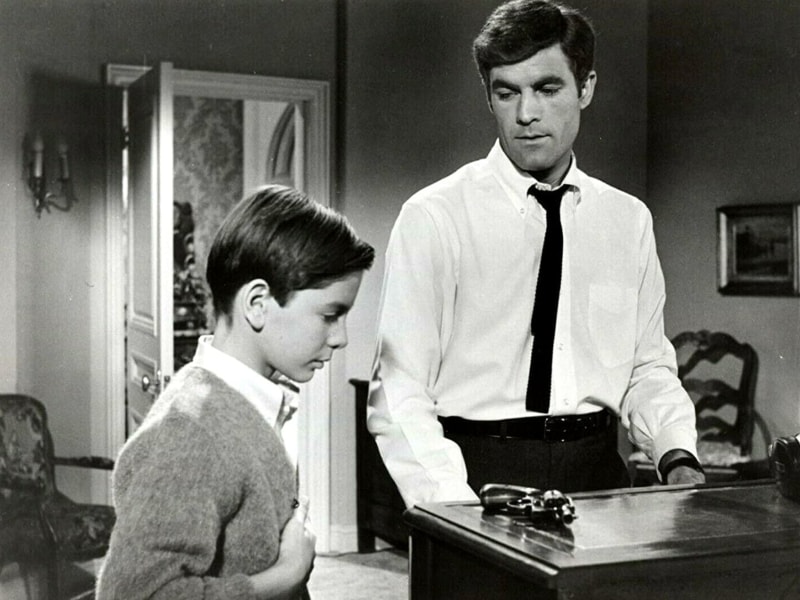
An irredeemably bratty, combat-obsessed orphan named Barnaby inherits a fortune after the death of his father (a silent cameo by Castle). Until he reaches the right age to collect, Barnaby is sent to live on a remote island with his uncle Kevin, a former British intelligence commander who has literally written a book about how good he is at killing people.
While, yes, we’d all like to push the impossibly annoying orphan off a cliff, in theory, Uncle Kevin’s motives are less petty, and therefore, more serious. He wants that estate, baby. And the only thing standing between him and all that money is this very frustrating child. A failed first attempt at murder cascades into a back-and-forth of assassination attempts between a military veteran and a child.
Let’s Kill Uncle is somewhat dated and paced like molasses, but it’s still glowing with that characteristically hokey charm of a William Castle picture. Even though it’s definitely a ridiculous attempt at “family horror,” you can’t deny that camp factor. (Meg Shields)

